Brewery Tanks for Craft Brewers
Craft beer lovers, industry starters, or just curious minds—ever wondered what those massive, shiny tanks behind the glass in your favorite brewery are all about?
Types of Brewery Tanks
Alright, picture this: a brewery is like a kitchen, and the tanks are your ovens, pots, and pans. Every step in the brewing process has its own special vessel. Here are the main players you need to know:
First up, the Mash Tun. This is where the milled malt (grains) meets hot water. Think of it as making a giant batch of oatmeal—enzymes break down the starches into sugars. It’s the foundation of your beer.
Next is the Lauter Tun. Here, you separate the sweet liquid (wort) from the spent grain. It’s basically the brewery’s version of straining pasta.
Now enters the Brew Kettle (aka Boil Kettle). This tank brings the wort to a boil and is where hops are added. This part gives your beer its bitterness, aroma, and flavor punch.
Then we move to the Whirlpool Tank. After boiling, the liquid is swirled here to separate out the solid hop particles. Think of it like the spin cycle in your washing machine.
The Fermenter is next. This is where the magic happens. Yeast is added, and fermentation begins. This is the tank where your wort becomes actual beer.
Finally, there’s the Brite Tank. It’s where the beer goes to chill, carbonate, and clarify before packaging. You could call it the beer’s final beauty rest before the spotlight.
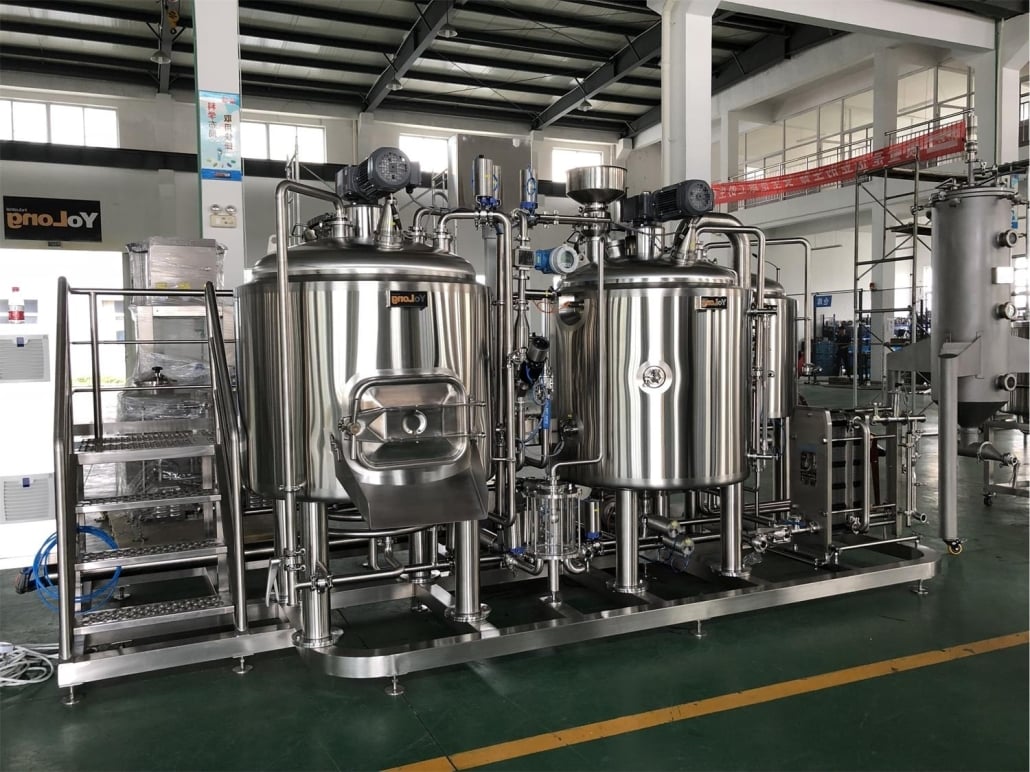
Material Introduction of Brewery Tanks
When it comes to materials, it’s not just about what looks shiny. It’s about what holds up under pressure (literally) and doesn’t mess with the taste.
The most common material for brewery tanks is Stainless Steel, particularly grades 304 and 316. These grades offer high resistance to corrosion, are easy to clean, and don’t react with acidic ingredients in beer. Stainless steel is also super durable and can last decades if properly maintained.
Some smaller or traditional breweries might use copper, mostly for aesthetic or historical reasons. Copper heats up faster but is harder to maintain and more prone to chemical reactions if not properly lined.
Plastic and glass carboys might be used at the homebrew level, but they don’t stand up to the demands of commercial brewing.
So when you hear a brewer talk about their “stainless setup,” now you know why that matters!
How to Choose the Right Brewery Tank
Choosing a brewery tank isn’t just about size. It’s like buying a car—sure, you want horsepower, but you also care about fuel efficiency, comfort, and how it handles turns.
First, think about your production goals. Are you making 5 barrels a week or 50? Your output determines the tank capacity you need. A microbrewery might use 5-10 barrel fermenters, while regional operations use tanks upwards of 60 barrels.
Next up is space. Are you brewing in a warehouse or a cozy downtown garage? Measure twice, buy once. Height, door width, and even ceiling clearance matter.
Then there’s process compatibility. Some systems are single-vessel, but others split the stages among multiple tanks. If you want maximum control over taste, separate vessels are usually better.
Don’t forget about expansion. It’s way easier to scale up if your infrastructure (like glycol cooling systems) is built to handle more tanks later.
And of course, think about budget versus quality. Imported tanks from China might be cheaper, but domestic tanks often come with better support, warranties, and build standards.
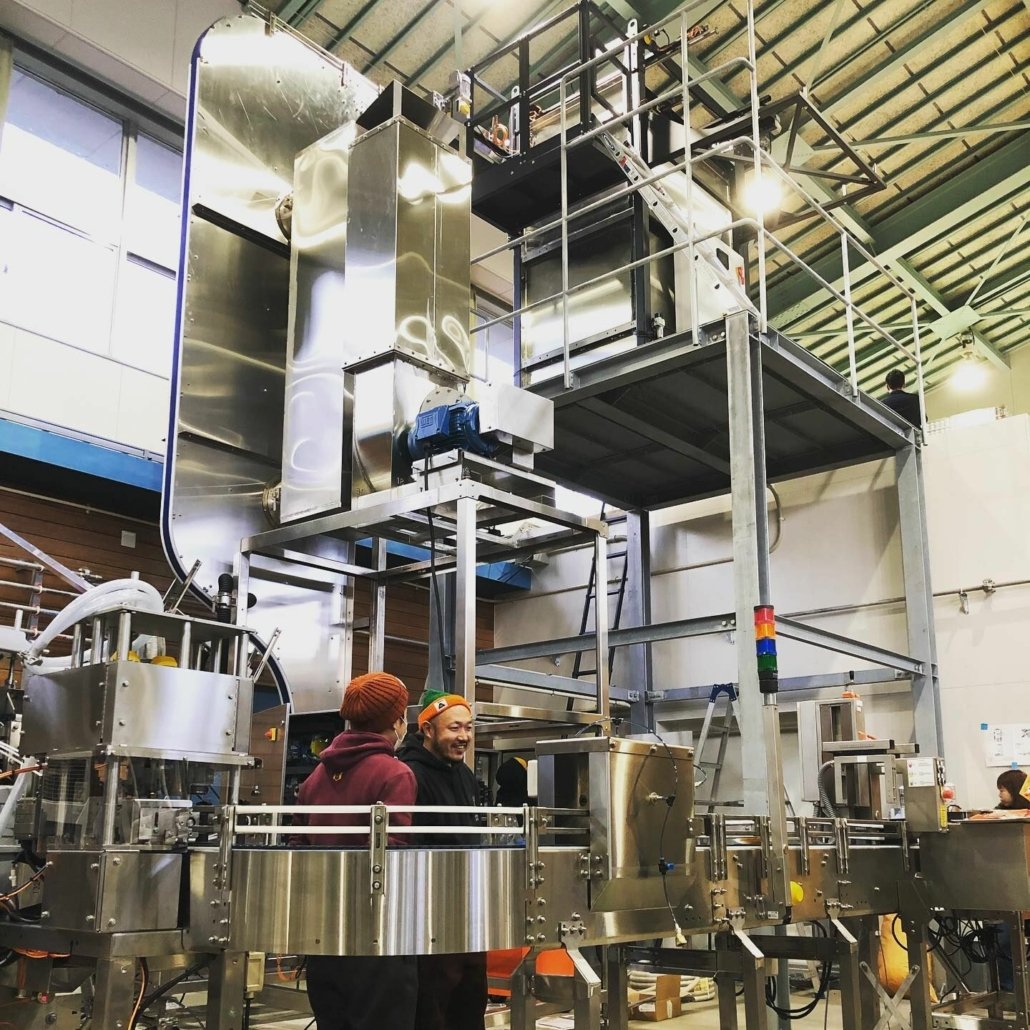
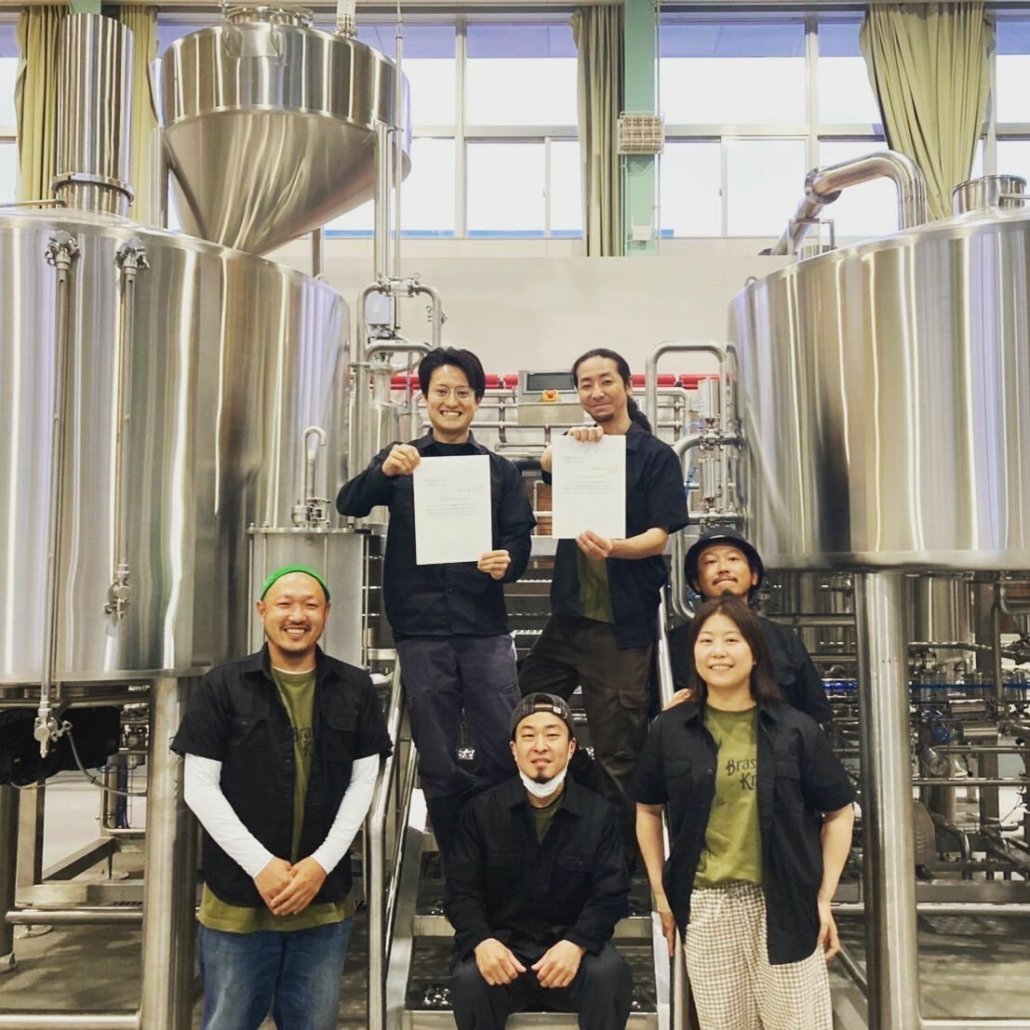


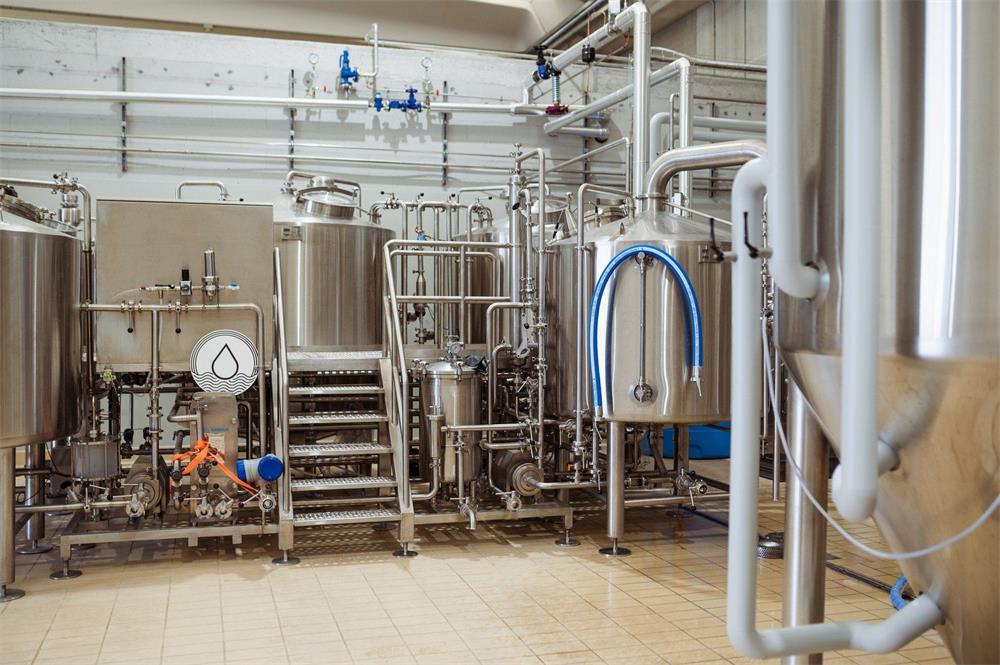
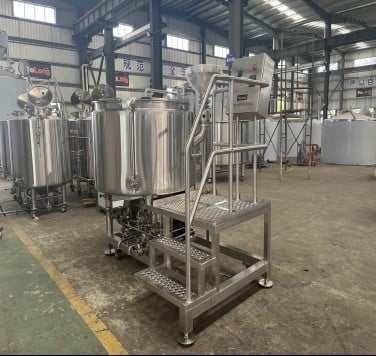
Key Features of Brewery Tanks
Here’s a quick look at the critical features to keep in mind when comparing brewery tanks:
| Feature | Description | Why It Matters |
|---|---|---|
| Material | Usually 304/316 stainless steel | Durable, corrosion-resistant, easy to clean |
| Capacity | Ranges from 1 barrel to 120+ barrels | Impacts batch size and scalability |
| Pressure Rating | Varies by tank type; fermenters are often pressurized | Important for carbonation and safety |
| Cooling Jacket | Glycol or water jacket surrounds the tank | Maintains precise fermentation temps |
| Insulation | Polyurethane foam is common | Helps retain temp and saves energy |
| Manway Access | Side or top hatches | Makes cleaning and inspection easier |
| CIP System | Clean-in-place spray balls | Speeds up and simplifies cleaning |
| Agitators or Rakes | Especially in mash tuns | Improves mix and prevents scorching |
| Valves and Fittings | Sample ports, blow-off valves, etc. | Essential for monitoring and safety |
Cost Factors of Brewery Tanks
So, how much are we talking for a single tank? Well, it depends. The cost of brewery tanks varies based on size, features, materials, and origin.
On average:
- A 5-barrel fermenter might run around $3,000 – $6,000.
- A 15-barrel brite tank could go for $7,000 – $12,000.
- Complete brewhouses (multiple tanks) range from $50,000 to $300,000+ depending on capacity and automation.
Other cost influencers include:
- Customizations: like special insulation or polished finishes
- Shipping: tanks are heavy, bulky, and need careful handling
- Installation: connecting pipes, glycol systems, and electrical
While you might save upfront with imported equipment, don’t forget to factor in after-sale support, potential delays, and quality concerns.
Maintenance Suggestions for Brewery Tanks
Treat your tanks well, and they’ll treat your beer even better. Maintenance isn’t glamorous, but it’s non-negotiable.
Here’s the basic maintenance recipe:
- Clean thoroughly after each use using CIP (Clean-in-Place) systems. Leftover sugars or yeast can turn into bacteria breeding grounds.
- Inspect seals and gaskets regularly. These little parts can cause big leaks if worn out.
- Check for pitting or corrosion, especially in weld seams.
- Monitor temperature sensors and pressure gauges for accuracy.
- Flush glycol jackets occasionally to prevent clogs and ensure even cooling.
Some breweries schedule a monthly deep clean where tanks are manually inspected, and parts are replaced proactively.
Where to Buy Brewery Tanks
Shopping for brewery tanks is part research project, part relationship-building exercise.
Reputable manufacturers include:
- Ss Brewtech (USA)
- Blichmann Engineering (USA)
- JV Northwest (USA)
- DEGONG Brewery Equipment (China)
- NFE Machinery (China)
Many breweries work with integrators who design full systems and act as a one-stop shop. This can save you headaches when troubleshooting later.
Local dealers might charge more, but the peace of mind (and onsite service) can be worth it. Also check industry trade shows and used equipment auctions.
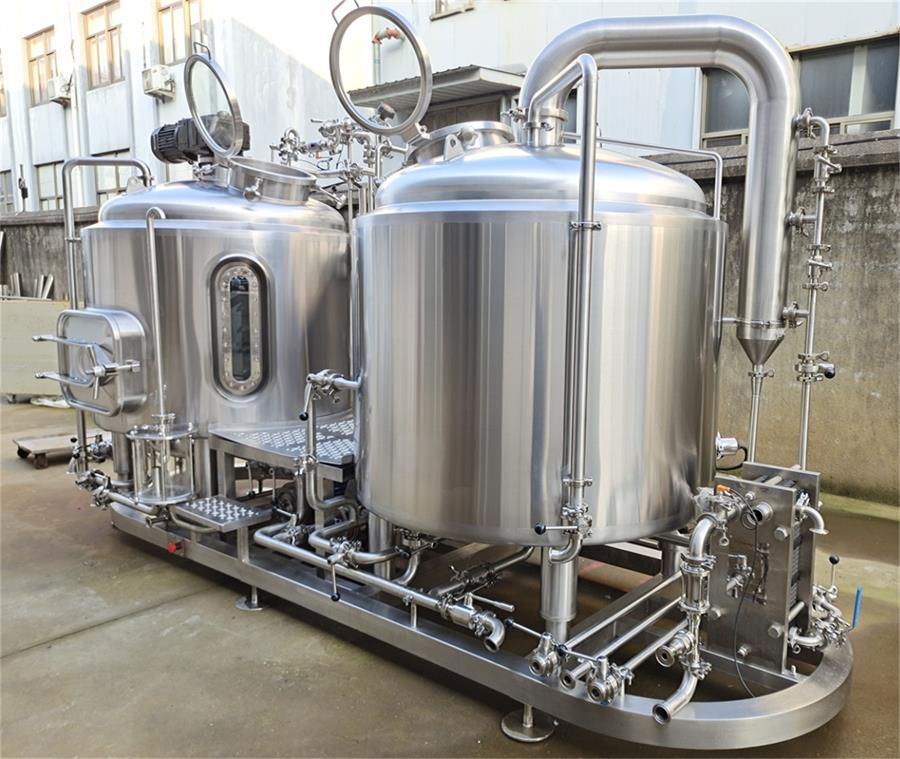
FAQ
| Question | Answer |
|---|---|
| What size tank should I start with? | It depends on your production goals. Many microbreweries start with 5-10 barrel systems. |
| Do I need separate tanks for each step? | Not always. Some nano systems combine mash and boil functions, but separate tanks offer more control. |
| How long do brewery tanks last? | With proper maintenance, stainless steel tanks can last 20+ years. |
| Can I use homebrew equipment to start? | Yes, for experimentation, but commercial breweries need larger, certified tanks. |
| What certifications should tanks have? | Look for ASME certification for pressure vessels and FDA compliance for food safety. |
| How long does it take to get a custom tank? | Lead times vary—domestic builds may take 8-12 weeks, while imports could take longer due to shipping. |
| Do tanks come with warranties? | Most reputable manufacturers offer 1-3 year warranties, sometimes longer for specific parts. |
| What’s the difference between a fermenter and a brite tank? | A fermenter is for fermentation; a brite tank is for carbonation, clarification, and packaging prep. |
Additional FAQs About Brewery Tanks for Craft Brewers (2025)
1) What pressure rating should I choose for fermenters and brite tanks?
For most craft breweries, 1 bar/15 psi working pressure supports spunding, carbonation, and closed transfers. Ensure PRVs are ASME-rated and sized for vessel volume.
2) What interior finish improves cleanability and micro risk?
Specify ≤0.8 μm (32 Ra) mechanical polish on product-contact surfaces; electropolish is increasingly adopted on cold-side vessels to reduce biofilm formation and shorten CIP cycles.
3) How do I size the glycol chiller for my cellar?
As a rule of thumb, allocate 1.0–1.5 tons of refrigeration per actively fermenting 10 bbl fermenter equivalent; 0.5–0.8 tons per brite/storage tank. Validate with OEM heat-load data and local ambient conditions.
4) How can I minimize dissolved oxygen during transfers?
Use CO2-purged hoses and vessels, closed transfers FV→BBT→package, cap-on-foam at filler, and verify with inline or handheld DO measurements on brite/package.
5) Are horizontal tanks worth it for lagers in small breweries?
Yes. Horizontal lagering tanks increase surface area-to-depth ratio, speeding clarification and freeing vertical fermenters for primary fermentation, improving throughput.
2025 Industry Trends for Brewery Tanks
- Unitank dominance: Pressure-rated cylindroconical tanks enable fermentation, conditioning, and carbonation in one vessel, reducing transfers and O2 pickup.
- Low-oxygen workflows: Closed transfer SOPs, CO2-purged hop additions, and inline DO meters are mainstream for flavor stability.
- Smart cellars: More tanks ship with temp/pressure/level sensors, PLC/HMI connectivity, and cloud logging for batch records and preventive maintenance.
- Sustainability ROI: Heat recovery to the HLT, VFD pumps, insulated heads/cones, and low-water CIP profiles reduce utilities and earn rebates.
- Finish and weld quality: Wider adoption of electropolish and orbital TIG improves hygienic design and cuts cleaning time.
Benchmarks for Brewery Tanks (2024–2025)
| Metric | 2024 | 2025 (proj.) | Notes/Source |
|---|---|---|---|
| New tanks purchased as pressure-rated unitanks | ~60% | ~72% | OEM catalogs; distributor feedback |
| Breweries using closed transfers FV→BBT/keg | ~55% | ~68% | QA audits; industry forums |
| Inline DO meters on brite tanks (adoption) | ~42% | ~58% | Supplier shipments |
| Water-to-beer ratio with optimized CIP (hl/hl) | 4.5–5.5 | 3.6–4.8 | Brewers Association benchmarking |
| Tanks specified with electropolished interiors | ~50% | ~65% | RFQ/vendor specs |
| Avg. crash cool 20°C→2°C with balanced glycol | 26–32 h | 22–28 h | Integrator case studies |
Authoritative references:
- Brewers Association sustainability/benchmarks: https://www.brewersassociation.org/sustainability
- Master Brewers Association of the Americas (MBAA) Technical Quarterly: https://www.mbaa.com/publications/tq
- American Society of Brewing Chemists (ASBC) Methods: https://www.asbcnet.org
- U.S. DOE Better Plants calculators: https://www.energy.gov/better-plants
Latest Research Cases
Case Study 1: Upgrading to Unitanks Improves Stability and Throughput (2025)
Background: A 1,500 bbl/year taproom brewery ran non-pressurized FVs and separate BBTs, with elevated brite DO and long carbonation times.
Solution: Replaced legacy FVs with 15 psi unitanks, added spunding valves and carb stones, implemented closed transfer SOPs, and validated CIP via riboflavin tests.
Results: Brite DO reduced from ~120 ppb to ~40 ppb; carbonation time decreased ~30%; cellar labor saved ~1.2 hours per batch; sensory shelf-life extended 4–6 weeks.
Case Study 2: Low-Water CIP and Insulation Cut Utilities (2024)
Background: A 10 bbl brewhouse experienced high water usage and slow crash times on 30 bbl tanks.
Solution: Installed high-efficiency rotating spray devices, conductivity-controlled rinse endpoints, and added insulation to tank heads/cones; standardized detergent titration.
Results: Water-to-beer ratio improved by 0.6–0.9 hl/hl; CIP time reduced 25–30%; crash time improved 15–20%; estimated payback 14–20 months with local rebates.
Expert Opinions
- Tom Shellhammer, Ph.D., Professor of Fermentation Science, Oregon State University
Key viewpoint: “Temperature precision and oxygen control in brewery tanks are the biggest levers for preserving hop aroma and overall flavor stability.” - Mary Pellettieri, QA Consultant; Author of “Quality Management for Craft Beer”
Key viewpoint: “Sanitary sample valves, reliable thermowells, and documented QC checks (pH, gravity, DO, micro) turn brewery tanks into repeatable, audit-ready assets.” - John Mallett, Author of “Malt”; former VP Operations, Bell’s Brewery
Key viewpoint: “Prioritize cleanability and jacket performance—quality welds, proper finishes, and effective CIP coverage beat flashy add-ons every time.”
Practical Tools and Resources
- Planning and compliance
- TTB Permits Online (U.S.): https://www.ttb.gov/beer/permits
- SBA financial templates: https://www.sba.gov
- Technical standards and QA
- ASBC Methods: https://www.asbcnet.org
- MBAA Best Practices/TQ: https://www.mbaa.com
- Sustainability and utilities
- Brewers Association calculators/guides: https://www.brewersassociation.org/sustainability
- DOE Better Plants (motors/steam/heat recovery): https://www.energy.gov/better-plants
- Procurement and community
- ProBrewer forums/classifieds: https://www.probrewer.com
- BrewBids marketplace: https://brewbids.com
- Process software
- Brewfather (batch/cellar logging): https://brewfather.app
- BeerSmith (recipes/records): https://beersmith.com
Last updated: 2025-09-30
Changelog: Added 5 targeted FAQs, 2025 benchmark table for Brewery Tanks for Craft Brewers, two case studies on unitank upgrades and low-water CIP/insulation, expert viewpoints, and curated tools/resources with authoritative references.
Next review date & triggers: 2026-03-31 or earlier if BA benchmarking updates, OEMs change standard finishes/pressure specs, or new utility rebates impact brewery tank ROI.
Share this entry
Interested in learning more about Brewing Systems including additional details and pricing information? Please use the form below to contact us!
YOLONG BREWERY EQUIPMENT FAQS
- Commercial Brewery / Craft Brewery / Microbrewery / Nanobrewery
- What is The Difference Between Craft Beer and Industrial Beer?
- The Bespoke Differences In Custom Brewing Systems
- Everything You Need to Know About Kettle Souring
- How to Choose Brewing Equipment for Your business?
- How To Choose The-Best Partner To Build Your Commercial Microbrewing System?
- Two Detection Sensors That You Need To Use In Your Brewhouse System
- Remote Control Applications in Brewing Equipment/How does it work?
- How To Clean Your Brand New Brewery Tanks?
